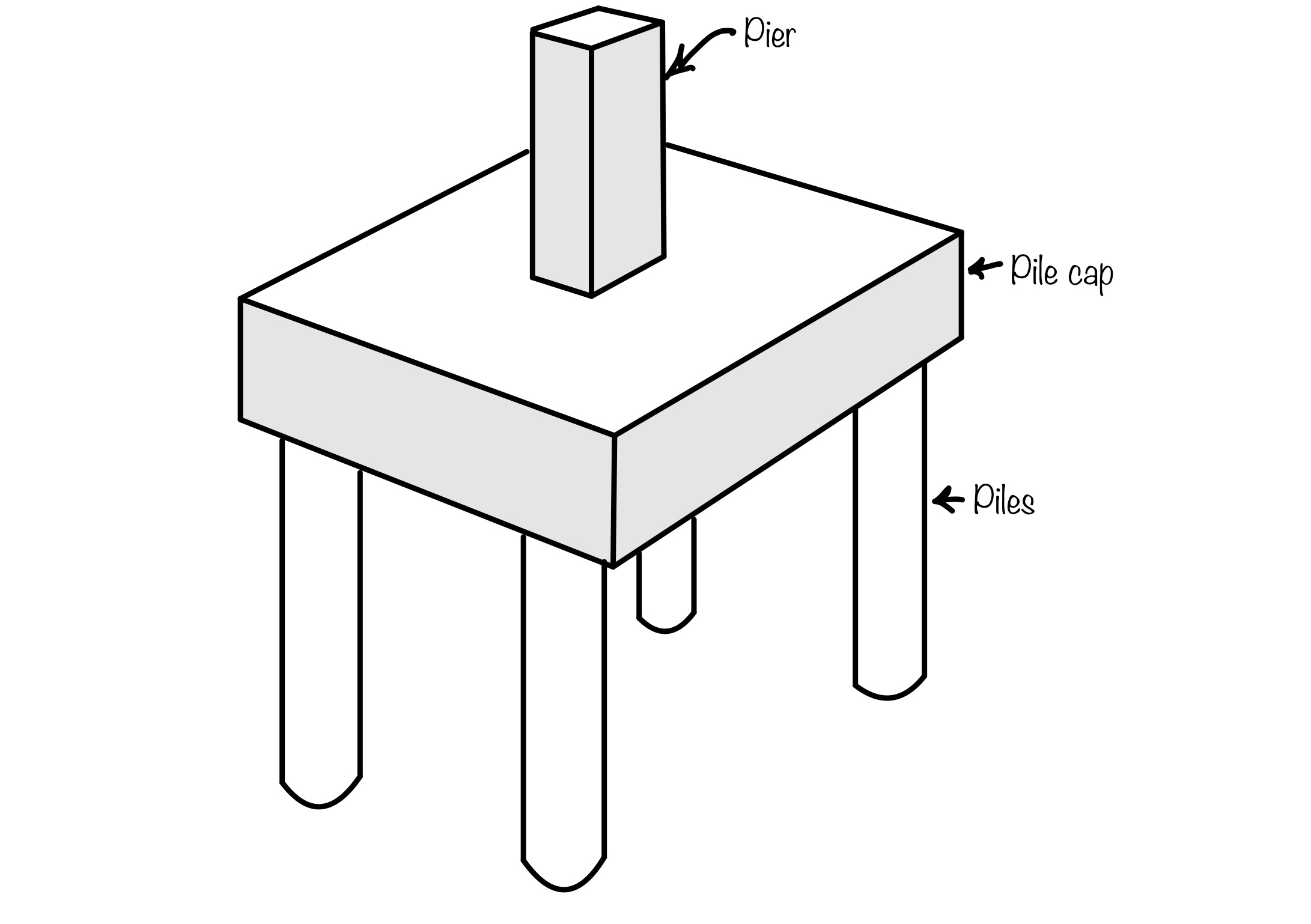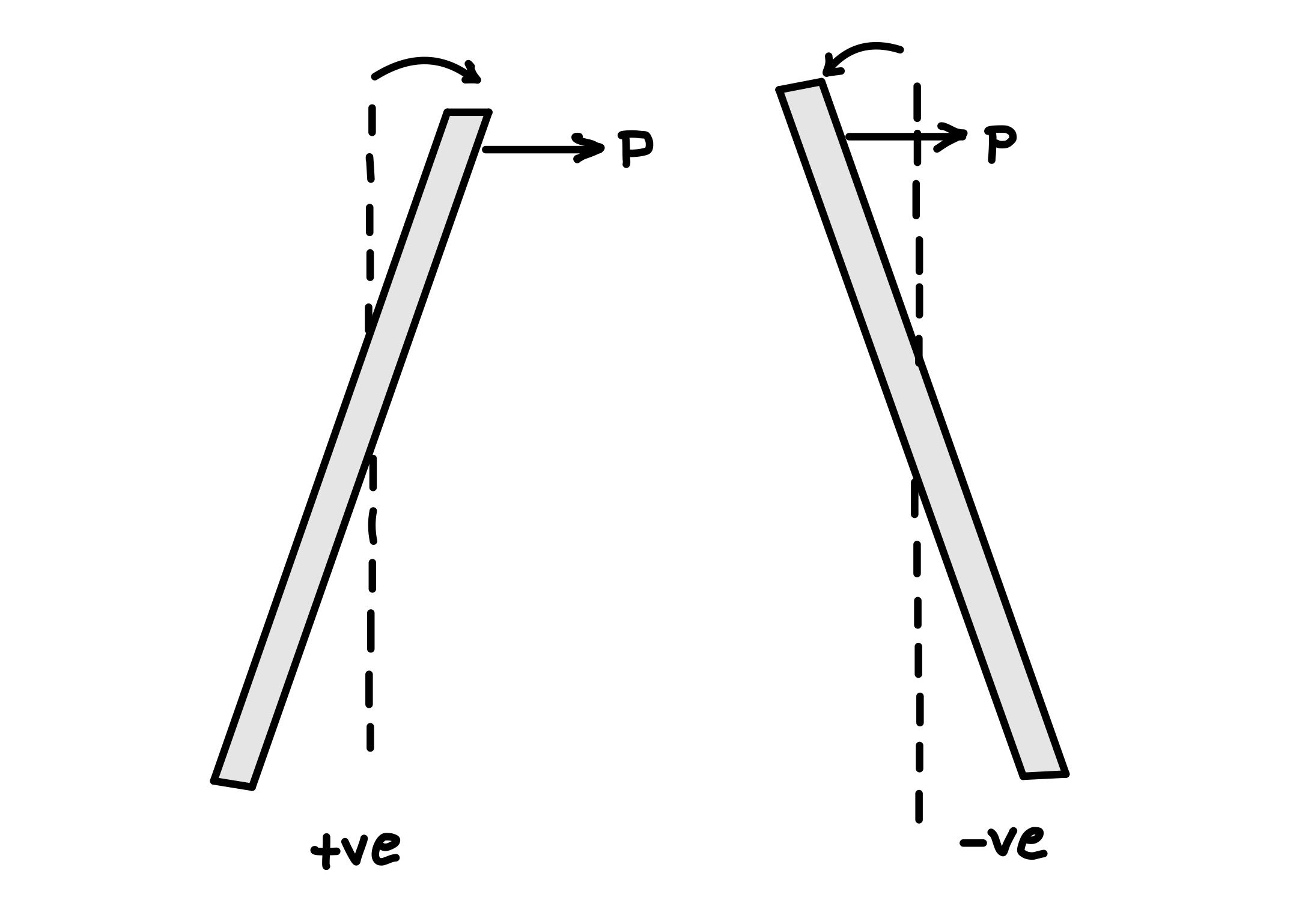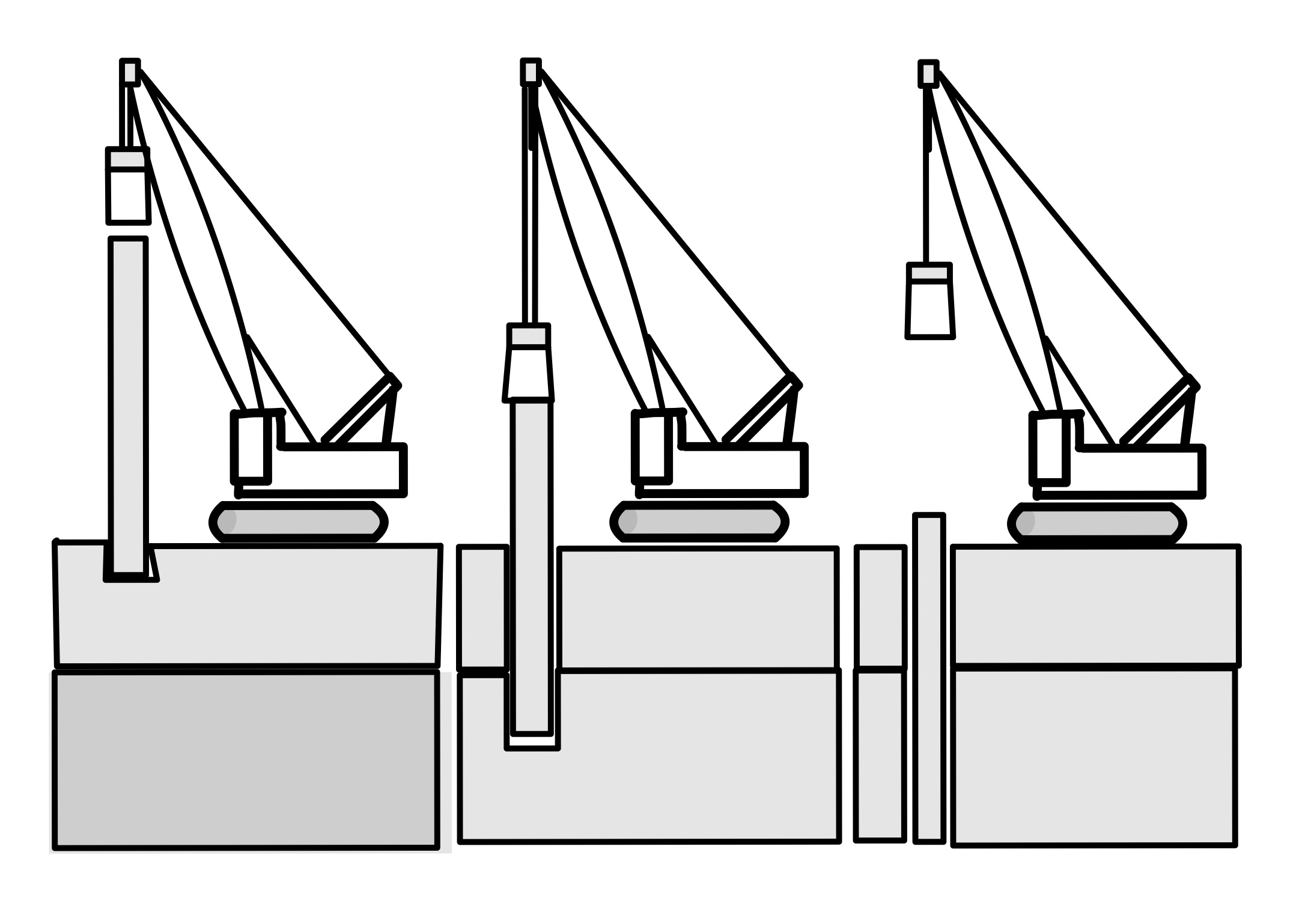As you know the human population is increasing day by day. Hence we need home, for which the land requirement is increasing. Hence finally we have to use that portion of land also which do not have sufficient bearing capacity in the soil. In this type of situation we need to go till we find the strong ground surface or there are different mechanism to handle this situations.
In this article we will learn about one of such mechanism, that is deep foundation. We we learn different types of deep foundations their classification and also discuss about the construction method of the pile.
Deep foundation
When the top surface of the earth is not good for the engineering purpose we need to go down in the earth to find the good surface. When we use this type of foundation it is called as deep foundation.
There are different types of deep foundations list of them are as follows:
- Deep footing: When top earth surface is not good for engineering purpose and we need to go down to find the good earth layer which has good resistive capacity then we use deep footing.
- Piles: When the good earth surface which we are looking for is far below the existing earth’s surface we can use pile foundation. It also uses the skin friction and confinement to resist the load coming from the structure.
- Cassions/ Well foundation: This type of deep foundation is generally used at the bridge site.

Requirement for deep foundation
Now we will see the situation when we need the deep foundation. It is generally for the structures which imposes the load more than 10 Tonne/ sqm.
Deep foundations are used in the following cases:
- Vertical load: Huge vertical load with respect to soil capacity.
- Very weak soil or problematic soil.
- Huge lateral loads eg. Tower, chimneys.
- Scour depth criteria.
- For fills having very large depth.
- Uplift situations (expansive zones)
- Urban areas for future large and huge construction near the existing building.
There are different types of deep foundations. In this article we will learn the pile foundation only.
Classification of pile foundation
As we know the pile foundation is one type of deep foundation. In this section we learn different types of pile foundations. Pile foundation can be classified based on material, load coming on the pile, construction methods, method of installation.
Classification based on material of pile
Piles can be made of different materials. Hence we have classified the piles based on the material we are using to build the pile.
Types of piles based on the material are as follows:
- Timber pile: It is made of the well seasoned wood. The depth of this type of pile can not be more than
- Steel Pile: When we use steel to make the piles.
- Concrete Pile: When we use concrete to make the piles.
- Composite Pile: In this type of pile we generally use steel plus concrete as the material to build the pile.
Classification of pile based on the load
We have categorised Pile under the deep foundation. Generally deep foundations take loads from the structures and transfer them to deep soil. Different types of superstructure imposed different types of load on the structure.
Based on the loads the structures are classified in the following types:
- Friction pile: This types if pile used skin friction between the soil and pile material to resist the load on the pile.
- End bearing pile: When you find the good earth surface the pile can also resist the load from the ends of the pile using bearing action. This types of piles are classified as end bearing pile.
- Compaction pile: We can use this type of piles to restrict the ground movement. It is not for the load resistance. These types of pile provide the confinement action to the soil. This action increases the load taking capacity of the soil.
- Tension piles or anchored pile: These types of piles are there to resist the upliftment in the soil. We use Negative skin friction and the bulb in the reinforce pile to provide negative skin friction in the pile.
- Batter pile: When we incline the piles from the vertical axis it becomes batter piles. The batter piles are further classified into the negative and positive batter piles. You can refer to the image for better clarity.

Classification of the pile based method of installation
We can install the piles in many different ways. Based on the space and availability of the machine we need to take action on which method method we are going to use.
Based on the method of installation piles can be classified as follows:
- Driven piles: We build the pile somewhere else. After complete formation we bring the pile to the site and drive it to the desired location. In this type of installation method, we can use a pile of any material. We can use steel or concrete or timber.
- Bored piles:

Points to be considered for choosing piles
- Loose cohesion less soil develops much greater shaft bearing capacities if driven large displacement piles are used.
- Displacement effect enhanced by tapered shafts.
- We do not have to increase the shaft capacity potentially if we have the fear of negative skin friction. (We can call Negative friction a drag downforce also.)
- High displacement piles are undesirable in stiff cohesive soils, otherwise excessive heaving takes place.
- Encountered with high artesian pressures on cased piles should be excluded. (Mainly for bridges and underwater construction)
- Driven piles are undesirable due to noise, damage caused by vibration, ground heaving.
- Heavy structures with large reactions require high capacity piles and small diameter cast-in-situ piles are inadequate.
Typical length and capacities of various pile according to (Ranajan and Rao, 1991)
| Pile Type | Pile | Length | App. | Design load |
| Range | Max | Range | Max | |
| Timber | 10-18 | 30 | 150-200 | 300 |
| Driven precast concrete | 10-15 | 30 | 300-600 | 900 |
| Driven prestressed concrete | 20-30 | 60 | 500-600 | 900 |
| cast in-situ concrete (Drilled shell) | 15-25 | 40 | 300-750 | 900 |
| Concrete cast insitu bulb piles | 15-25 | 45 | 600-3000 | 9000 |
| Steel pile | 20-40 | Unlimited | 300-1000 | 2500-10000 |
Conclusion
In this article we have learned the different types of deep foundation. We have discussed the pile foundation in detail. We have seen the different types of pile foundations and the material used for the pile foundation.
The following learning points you can observe from this article:
- Deep footing: We have learned different types of deep footing.
- Need: We have also discussed the need of the deep footings.
- Pile foundation: A detailed discussion on pile foundation is there in the article for the initial introduction of the piles.

Android Apps
⭐️ ⭐️ ⭐️ ⭐️ ⭐️ 1000+ | 400,000 + Downloads (Cumulative)
At eigenplus, our goal is to teach civil engineering students about structural analysis and design starting from the fundamental principles. We do this with the help of interactive android applications and accompanying web articles and videos.
Our apps have helped more than 400 thousand students across the world to understand and learn the concepts of structural engineering. Check out our apps on the google play store.
This article was crafted by a group of experts at eigenplus to ensure it adheres to our strict quality standards. The individuals who contributed to this article are:
Author



please can i join this group to acquire knowledge in design of bridges/
i am impressed when i read some of your publications related to design of piled foundations for bridges. Since i am supervising a bridge construction such a nature i request you to give key parameters to look at.
Thanks.
Thank you for your appreciation.